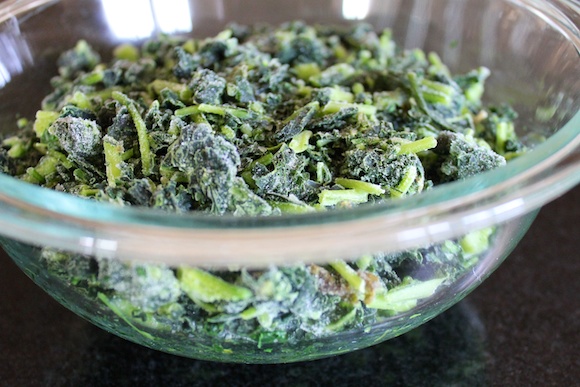DIY PVC Hoop Greenhouse (Video)
Spring is here, and I’ve got greenhouses on my mind! If you’re itching to get your garden started but it’s not quite warm enough in your zone yet, you might want to consider building a simple greenhouse. These easy, cheap, DIY PVC hoop greenhouses have been popular for a long time, and for good reason. … Read more








